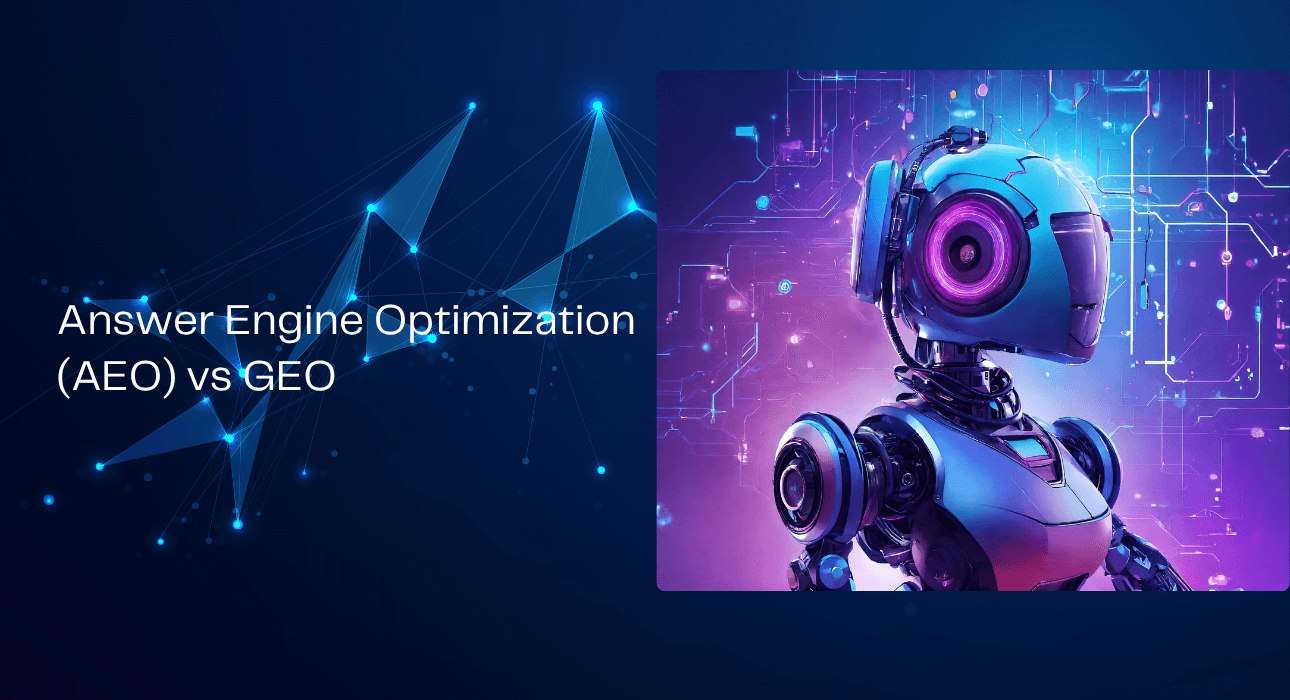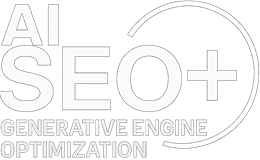Cursor
mode
SEO PLUS GEO
Answer Engine Optimization (AEO) vs GEO

As search engines evolve into answer engines, two distinct optimization strategies have emerged: Answer Engine Optimization (AEO) and Generative Engine Optimization (GEO). While both aim to improve visibility in AI-driven search experiences, they differ significantly in approach, content format, and user intent. Understanding the differences between AEO and GEO is essential for future-ready SEO strategies that target both traditional and generative SERPs.
What is Answer Engine Optimization (AEO)?
AEO focuses on optimizing content to provide direct, concise answers to specific user queries. This is essential for ranking in featured snippets, voice search, and other formats where search engines deliver answers without requiring a click.
Concise, Question-Based Content
AEO content is structured in a Q&A format, targeting how, what, why, and when queries with brief, direct responses often under 50–60 words.
Featured Snippet Optimization
The goal of AEO is to win the featured snippet or answer box by using clear headers, bullet points, or short definitions in response to common search queries.
Schema and Voice Readability
AEO uses structured data like FAQ or How-To schema to improve voice assistant compatibility and to signal the format of answer-ready content to search engines.
What is Generative Engine Optimization (GEO)?
GEO is the process of optimizing content for AI-generated search experiences like Google's SGE or Bing Copilot. It emphasizes semantic richness, topical depth, and entity-based content that can be surfaced by generative models.
Contextual, Long-Form Answers
Unlike AEO’s short responses, GEO requires detailed, well-structured content that AI models can extract nuanced, contextual answers from.
Entity-Based Structuring
GEO emphasizes clear definition and relationship of entities (people, products, places) using schema markup and structured formats that AI engines can understand and recombine.
Optimizing for AI Summaries
GEO focuses on being cited or summarized by AI search tools — not just ranked. This requires content with credibility, citations, and semantic relevance across clusters.
- AI SEO +GEO Services
- SEO Services
- Social Media Services
- Website Services
- Ads & Campaign Services
- Reach Us
Key Differences Between AEO and GEO
While both serve AI-first search experiences, AEO and GEO differ in intent, content structure, and optimization tactics. Here's how they compare across core areas.
Search Intent
AEO targets users looking for instant answers to narrow questions; GEO targets broader, exploratory search behavior seeking context and insights.
Content Length and Depth
AEO prefers short-form, direct responses. GEO benefits from long-form, authoritative content that generative AI can draw from for comprehensive answers.
Optimization Goals
AEO focuses on securing featured snippets or voice responses. GEO focuses on getting cited or shown in AI summaries within search generative experiences.
Tools and Tactics
AEO uses FAQ schema, short-form formatting, and SERP monitoring tools. GEO requires entity mapping, semantic SEO, schema enrichment, and AI-based content structuring.
Conclusion – Choose AEO or GEO Based on Your Strategy
Answer Engine Optimization (AEO) and Generative Engine Optimization (GEO) serve different but overlapping goals in the future of search. AEO helps win instant visibility in snippets and voice, while GEO builds deeper authority and relevance for inclusion in AI-powered search results. For modern SEO, combining both strategies ensures maximum visibility — whether users want quick answers or AI-generated deep dives.



